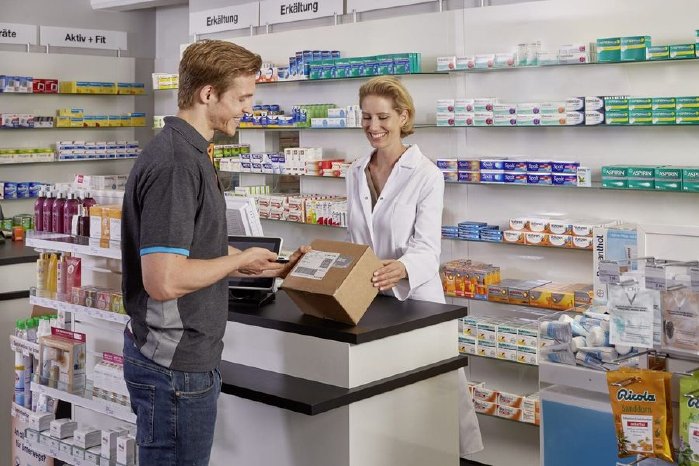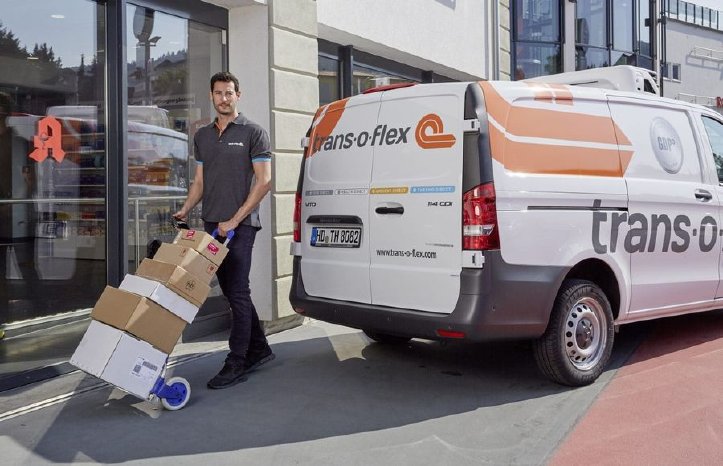If vaccines have to be transported at temperatures other than 2 to 8 degrees Celsius according to the manufacturer's specifications, trans-o-flex receives the corresponding consignments in special packaging that is additionally equipped with cooling elements and a data logger depending on the product requirements. These data loggers measure the temperature inside the boxes and store it reliably so that the temperature profile can be documented and checked later. "The active temperature control has two decisive advantages in this context," explains Albeck. "Should a defect ever occur in the special packaging, we can ensure and document that the goods have been transported in a controlled environment. The manufacturer can then decide, based on our documentation, whether or not the effectiveness of the vaccine has been compromised by the damage to the packaging." This is because the temperature inside the vehicles' load compartment is displayed, checked and documented both in the vehicle and in the central scheduling system. According to Albeck, the second decisive advantage of active temperature control is: as soon as vaccines that remain stable over a longer period of time, also at 2 to 8 degrees Celsius, are approved in Europe, we will no longer need the complex and expensive special packaging in our vehicles and specialised storage locations. This reduces the freight weight, you also save on the return of the packaging and the cooling elements, and you can implement even more efficient logistics concepts."
trans-o-flex delivers Covid-19 vaccines throughout the state of Bavaria
Germany's largest federal state relies on the expertise of the pharmaceutical logistics specialist for delivery to vaccination centres
If vaccines have to be transported at temperatures other than 2 to 8 degrees Celsius according to the manufacturer's specifications, trans-o-flex receives the corresponding consignments in special packaging that is additionally equipped with cooling elements and a data logger depending on the product requirements. These data loggers measure the temperature inside the boxes and store it reliably so that the temperature profile can be documented and checked later. "The active temperature control has two decisive advantages in this context," explains Albeck. "Should a defect ever occur in the special packaging, we can ensure and document that the goods have been transported in a controlled environment. The manufacturer can then decide, based on our documentation, whether or not the effectiveness of the vaccine has been compromised by the damage to the packaging." This is because the temperature inside the vehicles' load compartment is displayed, checked and documented both in the vehicle and in the central scheduling system. According to Albeck, the second decisive advantage of active temperature control is: as soon as vaccines that remain stable over a longer period of time, also at 2 to 8 degrees Celsius, are approved in Europe, we will no longer need the complex and expensive special packaging in our vehicles and specialised storage locations. This reduces the freight weight, you also save on the return of the packaging and the cooling elements, and you can implement even more efficient logistics concepts."



